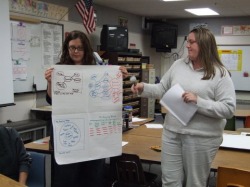Thinking Maps, Inc.
Thinking Maps, Inc. is based on brain research about how students best learn. The maps help students to lay out their ideas visually in ways that are consistent with how the brain works. Teachers use the Thinking Maps to introduce a particular type of thought process. Once a student learns a particular type of Thinking Map she can use that same map and thinking process for any type of writing in any subject, throughout their academic career. Unlike the typical graphic organizers that many teachers are familiar with, Thinking Maps are designed to promote independent thinking about a subject. Thinking Maps are created individually rather than as graphic organizer handouts so that students feel the freedom to expand their ideas "outside the box" of the usually available graphic organizers.
Thinking Maps

Thinking Maps use brain research to help students create visual designs based on the way the brain tends to naturally organize information. This bubble map helps students define qualities so they can begin to write descriptive passages. They focus on using adjectives to describe the item in the center of the map.
A circle map helps students brainstorm ideas
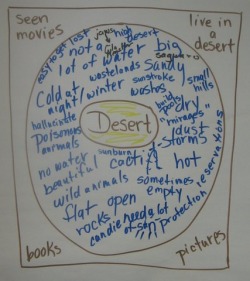
Rather than the typical pre-drawn graphic organizers, students use a blank page that allows them to create as many elements as necessary without the distraction of having to fill in a certain number of boxes and circles or a certain amount of information. This is a circle map that allows students to list as many things as they can think of about the topic.
Compare and Contrast with a double bubble map
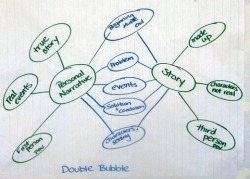
Each type of Thinking Map is designed to help students plan out different types of writing projects. Instead of the usual Venn Diagram, this double bubble map allows students to compare and contrast features by showing how things are similar in the center row of bubbles, and how they are different in the outer rows. There is no limit to how many features the students write about.
Tree Maps for categorizing
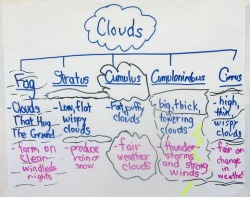
The tree map shown here helps students to develop categories and to sort out information in the form of branches of a tree. Each branch contains a category with descriptions and facts listed below on each branch.
Thinking about parts of the whole
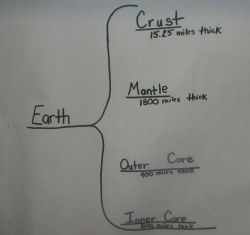
The brace map uses the punctuation mark to help students explore the relations of parts of something to the whole. Each of the parts can also be expanded to another brace with even more information included.
The flow map is for help with sequencing
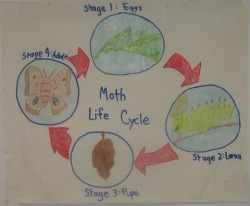
Students can begin to organize their ideas about how events flow in a certain order.
Use a multi-flow map to organize writing about cause and effect
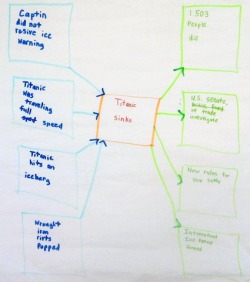
There are frequently more than one cause of an event and usually more than one effect. The typical cause and effect graphic organizers seem to show one cause and one effect for any event. Here the students list the event in the middle and have causes listed on the left and the effects listed on the right.
Bridge map helps students to identify analogies
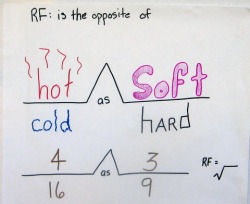
Bridge maps use a relating factor which is a phrase that bridges both sides of an analogy.
